 Chicago has a new mayor and new treasurer. Illinois has a new governor. We have new aldermen and state representatives. We see change coming in different directions.
Chicago has a new mayor and new treasurer. Illinois has a new governor. We have new aldermen and state representatives. We see change coming in different directions.
As we face change in 2019 culturally, legislatively and otherwise, I want to consider the concept of “minoritiness.” It is insulting to call someone a minority in the first place. It suggests someone else is “major” or superior.
For the others, it deems you as “minor” and what you do as minor, your education your business, etc. – all minor. No one is minor. We cannot engage the idea of equity using the term and concept of “minority”. We cannot change without changing it.
Recreational marijuana as a new business industry is on the legislative table and is likely to become legalized by 2020, with a push on involving “minorities” on the entrepreneurial end of the enterprise. The legislation even includes race remedies.
The mostly white male dominated corporate boards are being targeted as the state considers legislation to demand inclusion of women, African Americans, and Hispanics to corporate Illinois boards.
These are enormous changes that will impact minority communities. But I am looking for the new political powers and legislative efforts to produce a new “minority”. I hope that as change is coming forth, the concept of “minority” is reconsidered.

The term “of color” is not representative of Black Americans. Lumped in does not work or reflect our racial designation. The reason it doesn’t work is simple. “Of color’ did not have laws that determined marriage and reading was illegal. “Of color” saw no lynchings or other horrible crimes simply because of the “black color” of your skin.
“Of color” did not put a ceiling on societal participation. “Of color” is not representative of Black Americans, whose ancestry picked cotton and provided America a free labor force.
“Of color” is not acceptable for African Americans because it does not directly address formerly enslaved people and white privilege. This mindset needs to change as it has impacted race practices and race relations.
As of now, so-called “minority” businesses seeking to conduct business with the various governments have to be certified. That is, you have to be registered and be on a list as a certified, and/or licensed “minority”. Certification comes in the form of gender and race.
Realistically, the only demographic that is not a minority is a “white male.” So why use the term “minority” in the first place? The reason is the law; the government with its Black Codes and Jim Crow laws legalized racism and discrimination. The only way to eradicate these governmental social ills is to move from negative laws to positive ones.
This is a must in the case of African Americans and women. Other American racial groups seem to pull up by their immigrant bootstraps, but they don’t have the legal ills attached. They haven’t been targeted, as Blacks have been. But now it’s time for the target to become positive and enforced.
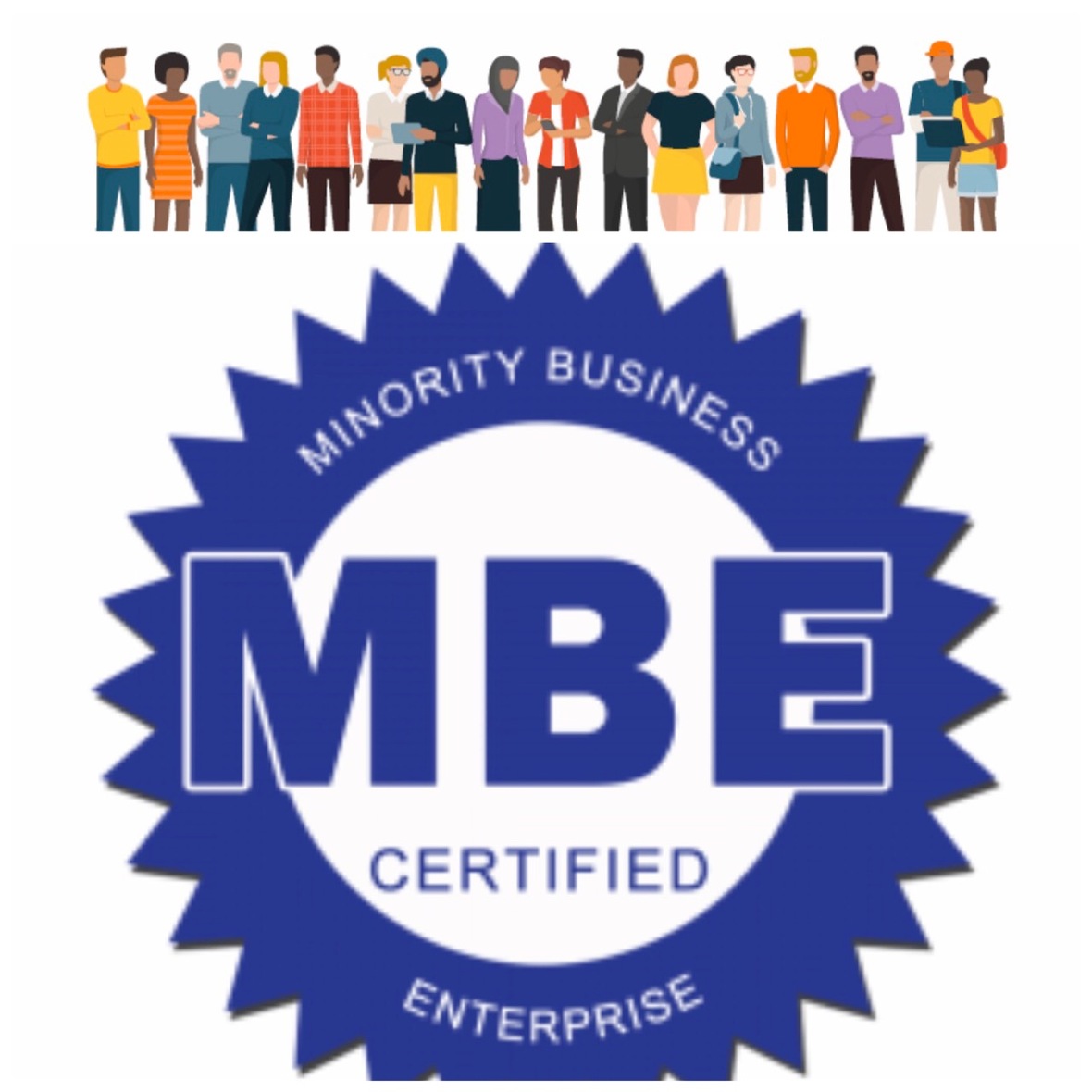
Currently, once a “minority” gets the magic certification, you “qualify” for a business portion of a government contract, usually at previously determined set-aside demarcations of 20 percent or five percent, depending on whether you are Black, female, or disadvantaged.
So from the onset you, Mr. or Ms. Minority, are limited in your business endeavors. Yet your expenses, your rent, phone bill, gas bill and the like are processed in full, with no minority discount.
In fact, too often these costs have been redlined, meaning that some expenses, like bank loans and insurance, are higher in minority communities.
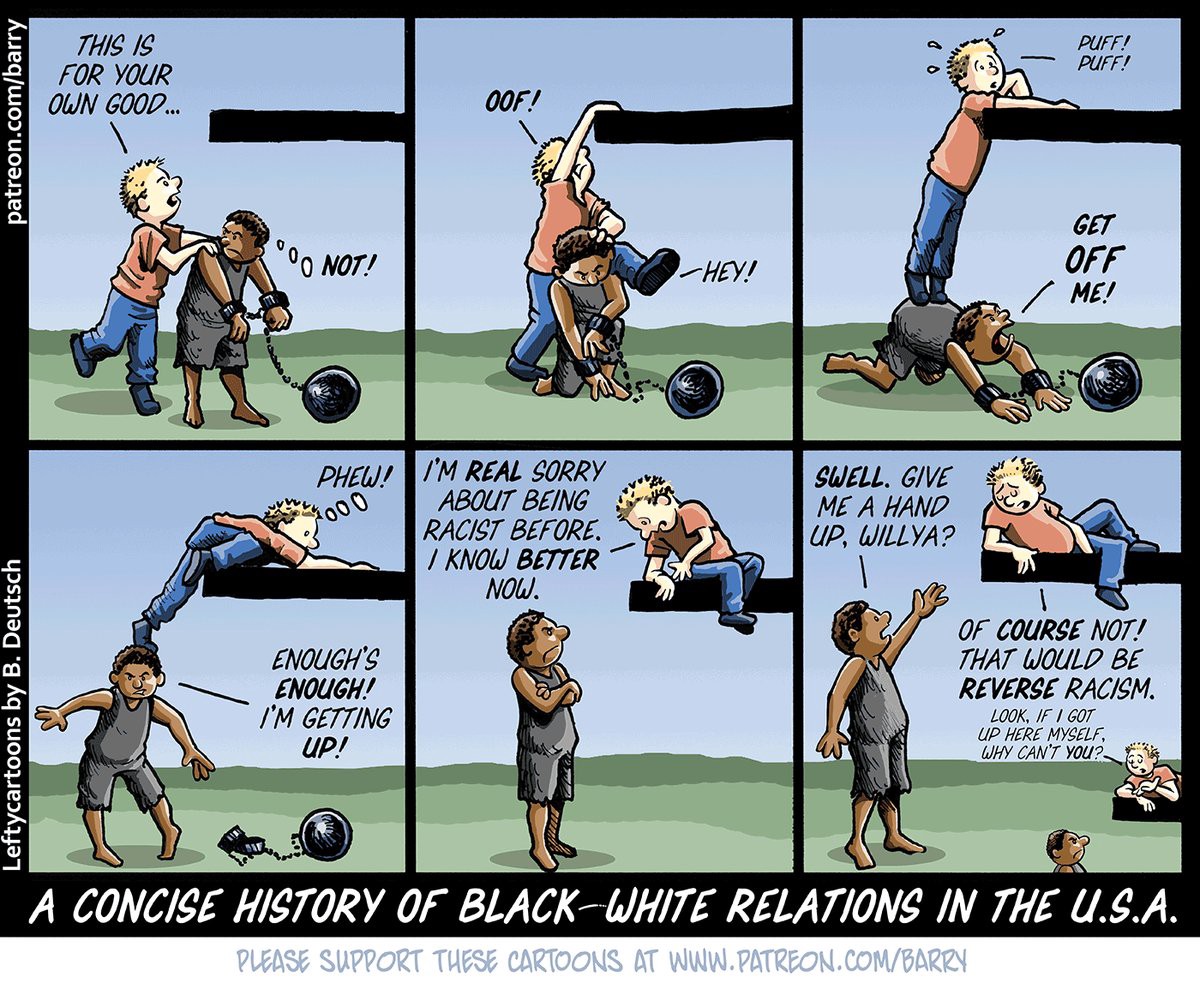
The 2019 Minority
Some will argue that if “minority” businesses are not “certified” how will they be “identified”? I am suggesting new rules for the target.
So now, here we are in 2019 staring new lucrative industries in the face. What will the participation be? What list will the rich dominant ones choose from?
I should hope that equity is in the air – business equity meaning that you could do business according to your skill set, ability and capacity. The real question here is how do small businesses grow with a set ceiling?
And here is a Catch 22 of the “minority” business identity – after you make a certain amount of money as a certified minority, you graduate out of the minority program. But you’re still a “minority” aren’t you? How about it?
Some minority businesses refuse to fill out the volumes of certification papers that ask for everything from you but DNA samples and a birth certificate for proof of your racial and/or gender identity.
Some say damn the magic list; it’s not that productive for all business endeavors. The affirmative action regulation that governs the 20-5 percent set-asides was written for the construction industry and does not favor professionals for the most part anyway.
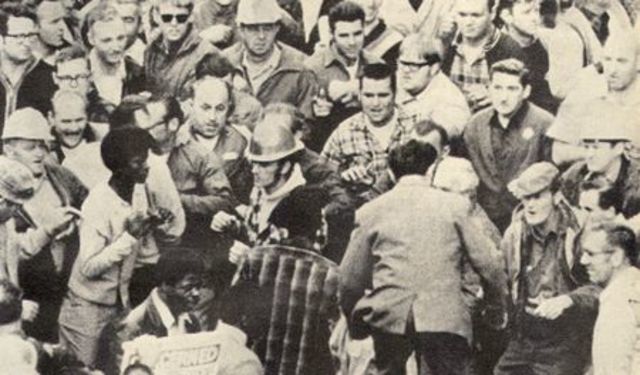
Some will argue that declaring your “minoritiness” is preferable because if the affirmative action rules are rightfully executed, it leads to economic gain, and that it is better to have a fraction of some business than none at all.
This is true, but I question the waivers – that’s when the dominant business claims they can’t find a minority business to fulfill the set-aside requirements, so they get the contract anyway, rather than the contract being halted until a qualified minority can be found. Often the, “I can’t find a minority” challenge can be solved with a, “Who did you ask and where did you look?”
The point is that sometimes it works and sometimes it doesn’t, depending on the enforcement, which is all over the place and falters far too often.
Segregation Or Integration?
As we look at the history and progress of Black business in this city and country, it seems evident that Black businesses were more prosperous in the days of segregation than integration. Minority businesses get lost in the integration pot, whereas in the market of segregation, the niche business enjoys a monopoly or limited competition at best.
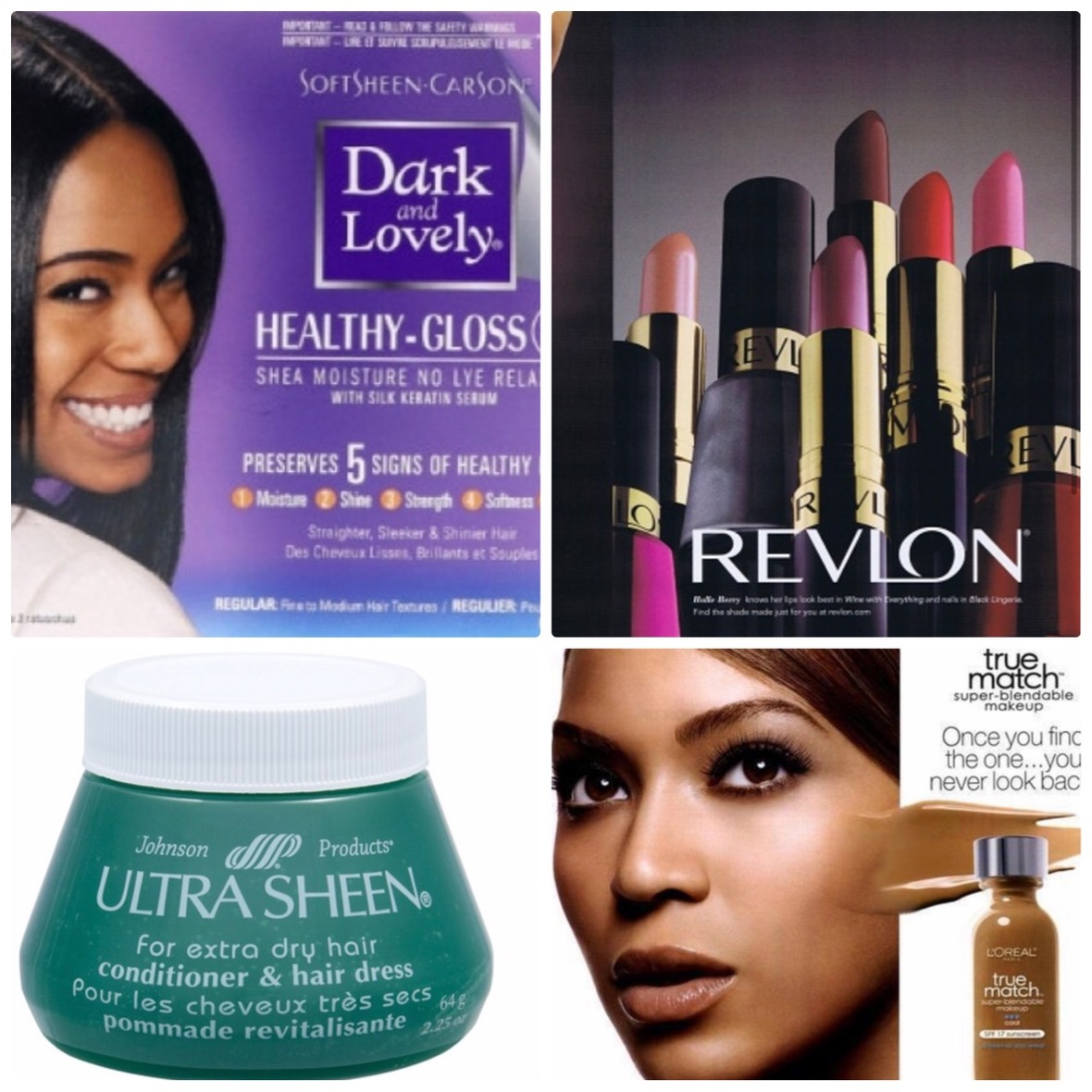
Johnson Products and Soft Sheen Products, for example, were just fine thank you and multi-million-dollar profitable companies before Revlon and L’Oreal came along with buyouts, masterful marketing plans, and Hollywood “of color” models that advertise exclusively in magazines like Vogue and Elle.
The community benefited from these companies in the form of job creation, politics, advertising, legal, accounting, investment, b-to-b business, and philanthropy.
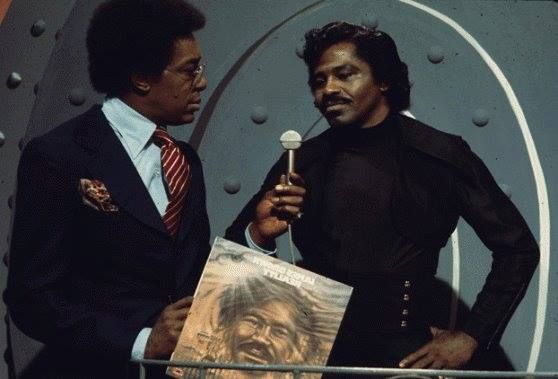
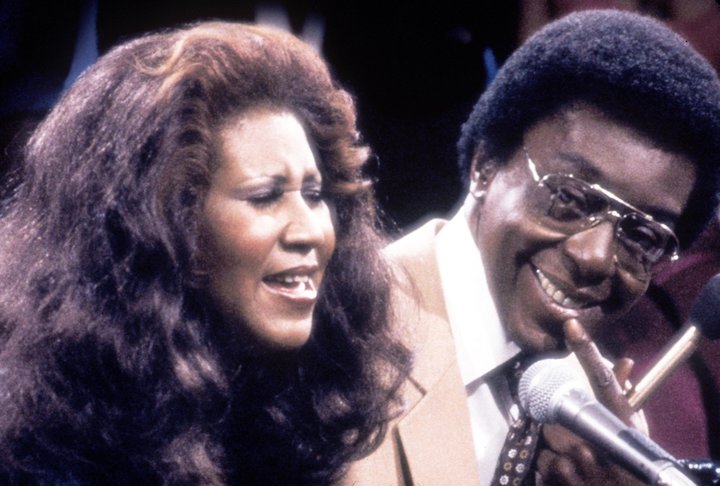
Essence Magazine and Soul Train entered pop culture with Johnson Products’ Ultra Sheen advertising of the “natural” and “afro” hairdos. The money from these companies circulated within the Black community amongst ad agencies, banks, and for civil rights financing, etc. Harold Washington’s campaign for mayor of Chicago was sponsored by Soft Sheen’s radio ad budget.
I should hope the new administrations of Chicago Mayor Lori Lightfoot and Illinois Governor JB Pritzker take a strong hard look, with expert heads and business entrepreneurs at the table, to reconsider the minority classification and pay more attention to their government spends with minority businesses.

It would be revolutionary if governments considered contracts based on taxes. I want ceilings removed and opportunities made more available. Too many businesses and government agencies don’t even think of minority businesses as they conduct theirs.
For example, when was the last time you saw Navy Pier invite Black folk to its attractions? When did you last see the Park District advertise recreational schedules to Black and brown kids? Or any of the state’s colleges and universities target advertising/marketing campaigns to recruit Black students that they claim they can’t find. Black people don’t exist for these organizations for the most part. There is little civic engagement with the Black community.
We need new thinking, new ways, new approaches and new money to eradicate racism and sexism.
Each city and state government department should be examined to see what the spend is for minority professional services/janitorial services/products/and the like. Each department should have a percentage of business dedicated to minorities and/or a certain spend level.
Years ago as a minority businessperson, I signed up for everything minority. I checked the boxes for “women” and “African American”. I went to every conference and signed the forms. The mainstream corporate company kept the white form, and I kept the pink form.
After the expo, the conference, the business meeting, you then work the maze. The maze is the hierarchy of the organization. You move about from the diversity officer to procurement, then these departments put you on the list and if they need, when they need, they will consider you.
If you continue to press them, you will eventually get to the department where you belong…and then you are placed on another list. And then you find out that the budget is already spent or that they will consider you next year, and that never comes. This is the corporate excuse of not doing business with minorities in spite of the mandates and the good rhetorical talk of “diversity” and “inclusion”.
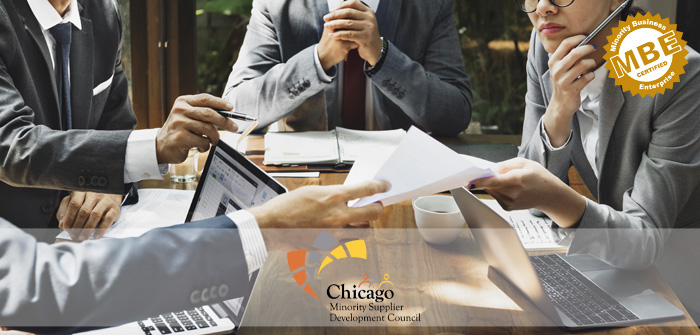
And then you go back to the same conference and start the dumb process all over again as you lunch with the CEOs who get awards for their diversity commitments. Or you hear a keynote from the one “minority” that broke through and did profitable business with that company. And then you go home and wait until next year’s conference.
So what the hell did I take the pink form for in the first place? It’s a shell game, a shame and a joke. Seldom do you get the business, unless you decide to raise hell in some shape or fashion. You are not appreciated for your skill set or market ability or capacity.
It is always interesting to know from these companies what their minority spend is. It is usually minor or peanuts in comparison to their total spending.
We need new measures. How about tying how much they spend in the community to the levels of minority consumerism? There is a significant gap there.
Stores and businesses open in our community and at best spend the least amount they can for a market that they take for granted yet provide them significant revenue – and that includes businesses like Mariano’s, Walmart, Jewel, Pete’s Produce, AT&T, and on and on.
The Philanthropic Community
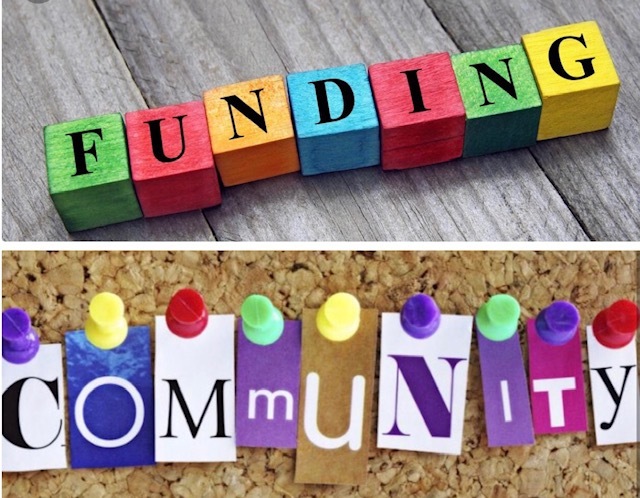
And then there is the philanthropic community, which has overlooked the minority community for the most part or seen us with pitiful, downtrodden, have-mercy eyes. They are beginning to wake up and take conscience note that they must fund minority efforts if change is to come forth.
But what do they fund? They fund children’s recreational activity at established organizations like the Y, but they won’t fund Project Hood with a hefty grant as Pastor Corey Brooks attempts to build a Y-like facility on one of Chicago’s most underserved blocks at 63rd and King Drive.
The institution he is trying to build will be transformational for the people living in that neighborhood. Brooks truly understands the community undercurrents of what is needed for change.
The philanthropics fund cultural activity and they fund research on social problems. But they don’t fund solutions, they don’t fund start-ups, they don’t fund Black innovation, they don’t fund Black lecture series that would bring success stories or intellectualism to the community.
They don’t fund marketing, they don’t fund Black archives, they don’t fund Black creativity, they don’t fund scholarships. They don’t fund Black success: they keep the marginalization in place. When they do fund minorities, they fund with minor money.
The philanthropic community needs challenging on moving major monies into minority communities beyond playing in the park and why Johnny can’t read type research as he lives with his single mother. The foundations need to honestly look at “impact investments.”
Real money is needed to be allocated to people of the community who understand from experience and reality the genuine dynamics of social issues and can bring solutions to community problems with a budget rather than church-like volunteerism and “let’s make Johnny a good boy” attitudes.
Dollars are needed on the ground to revitalize marginalized communities, with firm commitments to a minimum of five years of funding. The red tape needs to be dismissed to let people roll up their sleeves and get to work, because they can.
I went to a world-class foundation a few years ago with a proposal for a book, a book about Black people who have made history, but who missed the newspapers and would probably never be mentioned in “traditional” history books, yet had made significant, world-class achievements.
I was told no to the proposal as I was asked who would want to read such a book about Black people. I cried as the Asian woman, to whom I had been steered to discuss the proposal, dismissed me. It was one of the most insulting meetings ever and haunts me to this day. This woman grantor had not a clue of what I was talking about, yet she funded a similar book undertaking on flowers. Really now.
But it made me more determined to pull the book together than ever. The book was self-published as N’DIGO Legacy: Black Luxe – 110 African American Icons of Contemporary History and released in 2018.

This foundation that I went to funds everything, and just about every national television program on PBS, but funds nothing that reflects Black life. It would have been easier to get funding for a rat mating with an elephant. They would have found that notion curious and interesting, filled with intrigue and possibility of what the outcome of a “new animal that would changed the world” might look like.
The point is that these philanthropic foundations too often miss reality and practical problem-solving issues. They need to be more impactful with their dollars surrounding community issues that could be game changers.
The Power of Listening

I am hopeful that with a new politic of listening and power, these issues are confronted, and that the marginalized are allowed to stand up and be all that they can be.
The previous Chicago administration did not, unfortunately, have listening abilities as Rahm Emanuel led with dictatorship and a Father Knows Best attitude. But to make sure you knew that Emanuel was a certified liberal, he would cite his mother marching with Dr. King and others in the Civil Rights Movement on Sundays.

But Rahm missed the point as he unapologetically and continually built up downtown and North Side communities during his tenure, but handed crumbs to the Black and brown communities. So much for marching liberalism.
The marginalized have to stand firm and tall and be real in the discussion in the white rooms. Let’s take political correctness off the table as well as Black romanticism.
I wonder if Dr. King had approached a foundation with the idea and concept of “marching” and “protesting” to eradicate America of its original sin of “racism”, would a foundation have funded a march or boycott for social justice. Probably not.
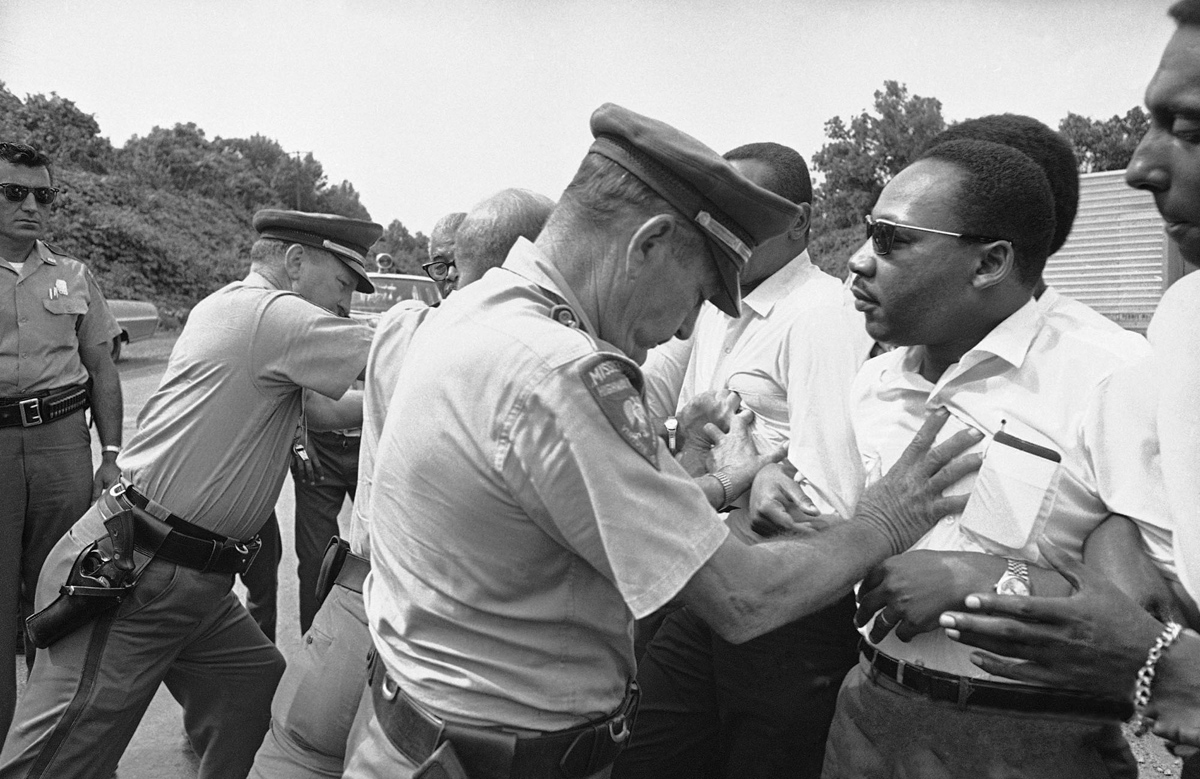
I wonder if as a young woman, Aretha Franklin could have gone to a foundation to request funding for a recording to be done in a church that would become the movie Amazing Grace and the bet ever recording on gospel music. She probably would have been rejected on the grounds that she did not hold a music degree and was not performing at a university.
I wonder if Berry Gordy could have approached a foundation for funding of a new start-up company that would take children, mostly poor teens, off the street corner and bring them into the studio to sing and write songs and record music.
I wonder if he could have received funds for equipment and salaries for what would produce the Motown sound and a new pop culture that went global. Probably not.
I wonder if Jesse Jackson could have received funding for a proposal for Operation Breadbasket, an effort that would introduce small Black businesses to corporate companies for the purpose of economic development. Probably not.

I also wonder if Jeff Bezos would have gotten funding for inventing a new “retail model” called Amazon. I wonder if Mark Zuckerberg would have gotten funding for “connecting” people in a new way that he would call Facebook. I wonder if Steve Jobs would have gotten funding for a new concept of a “pocket telephone”. Probably not in all three cases.
My point is the foundations need to invest real money on real ideas and people that can make a difference and bring about systemic change.

With the newness of our government administrations and people in power, we need new thinking, new ways, new approaches and new money to eradicate racism and sexism. We need funding and opportunity for “minority” success.
I can dream, can’t I?





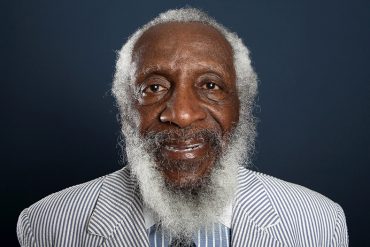
Hi, I do think this is a great web site. I stumbledupon it 😉 I’m
going to come back once again since I bookmarked it.
Money and freedom is the best way to change, may you be rich and
continue to help others.
So glad you found us.